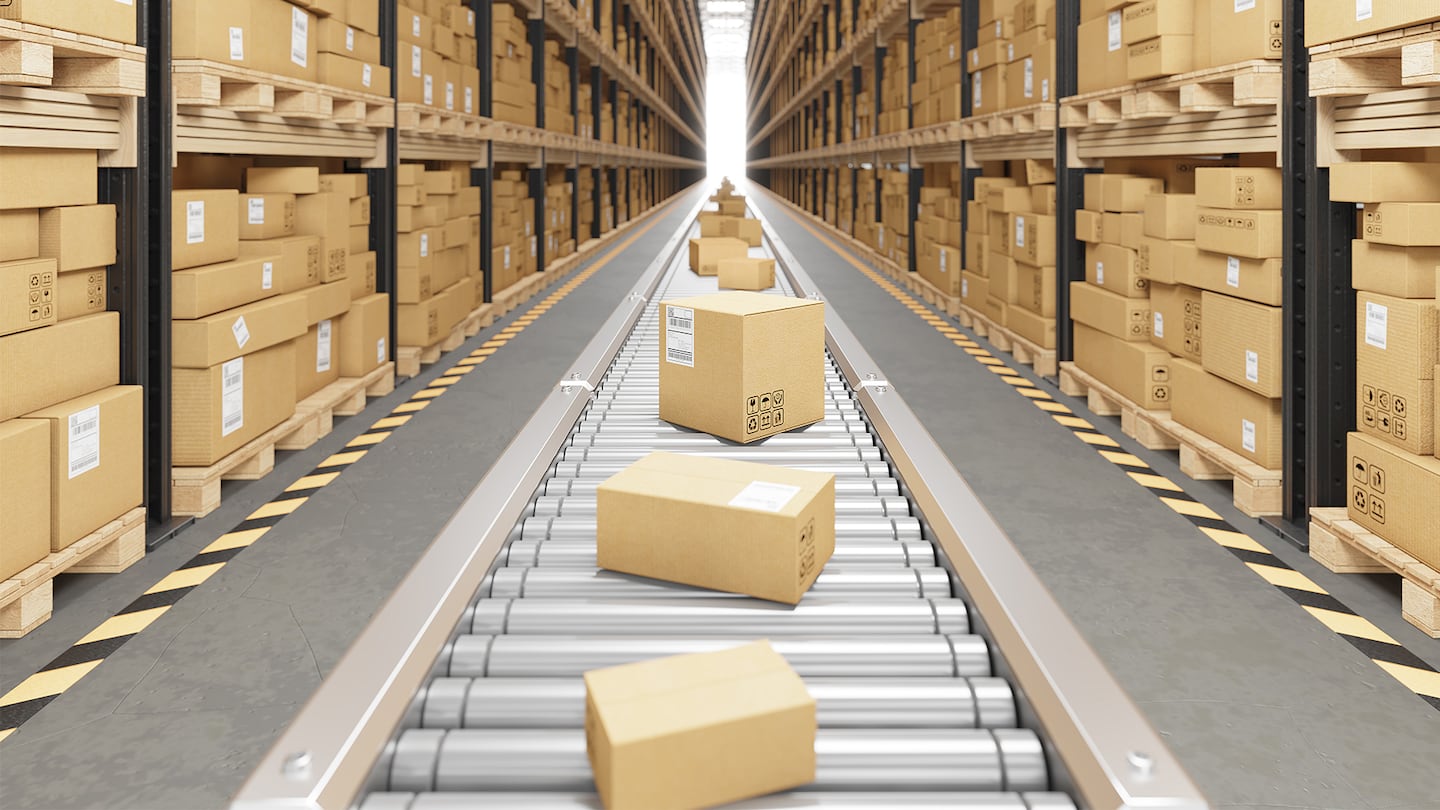
The Business of Fashion
Agenda-setting intelligence, analysis and advice for the global fashion community.

Agenda-setting intelligence, analysis and advice for the global fashion community.

Fashion and beauty brands are as addicted to buy now, pay later as some of their customers.
The payment option, which lets even shoppers with poor credit finance their purchases via interest-free instalment plans, has helped boost conversion rates and order values at retailers ranging from fast fashion’s Shein and H&M to luxury labels. Buttons for BNPL firms such as Klarna, Affirm and Afterpay are ubiquitous at online checkout pages, and both tech and financial firms are piling into the sector, including Apple.
But worrying signs are appearing in the system. Inflation and rising interest rates are squeezing consumers, who appear to be scaling down their use of BNPL to smaller purchases and relying on it to manage their everyday expenses. Adobe Analytics, which tracks US e-commerce spending, found in March that BNPL’s share of online orders grew 10 percent in the first two months of 2023, yet revenues fell 19 percent. BNPL orders attributed to groceries spiked 40 percent, while apparel’s share rose just 8 percent.
Fashion’s aspirational shoppers look to be pulling back. So far in 2023, the share of US luxury shoppers who also use BNPL has declined following years of increases, according to data compiled for BoF by Earnest Analytics, which tracks US debit and credit card transactions.
ADVERTISEMENT
Earnest can’t determine which items consumers bought with BNPL, but it can identify the overlap between customers who have purchased luxury items and those who have used BNPL.
“[Fashion brands] are not really going to be able to rely on ‘buy now pay later’ as a major driver of sales in the near future in this environment,” said Michael Maloof, head of marketing at Earnest Analytics.
Low-income and credit-challenged shoppers, especially younger ones, are the most likely to use BNPL services. They may turn to it for their regular purchases but also as a way to shop at higher price points since they can break up their payments.
That’s theoretically great for luxury brands, but as the US economy hits turbulence and luxury spending slows, aspirational shoppers look to be challenged. Kering CFO Jean-Marc Duplaix noted earlier this year that aspirational clients in the US were “taking a break.”
Earnest did find that total BNPL spending by luxury shoppers does continue to increase overall. But it’s possible that’s because those shoppers are using BNPL for a wider variety of purchases.
Rising interest rates mean higher borrowing costs for consumers, so purchases made on traditional credit become more expensive. Shoppers may not feel the effects on their interest-free purchases of shirts and dresses, but they do elsewhere, including on big-ticket items such as homes and cars, which can force them to cut total spending.
Credit rates have an effect on BNPL lenders, too, since they have to borrow the funds they loan to shoppers for free. Now faced with higher costs, they can absorb them or pass them on to consumers and merchants, who pay for their services. Zip, an Australian BNPL firm, raised its fees last year, but many others have resisted so far. Whether that can continue for the profit-challenged industry is debatable as rates remain high or increase further.
BNPL firms also tend to deal with riskier borrowers. In March, the Consumer Financial Protection Bureau (CFPB), a US agency that enforces federal consumer financial laws, found 18 percent of BNPL borrowers had at least one delinquent payment on their credit records, compared to 7 percent for non-borrowers. As the economic environment remains tight, it raises the concern that many shoppers using BNPL to keep up with everyday expenses could miss payments or have to drastically cut spending.
ADVERTISEMENT
Delinquency rates did rise sharply at some of the largest BNPL lenders in 2022, according to Fitch Ratings, a credit ratings and research firm, but they were rebounding from unusually low levels during the pandemic, when people were flush with government stimulus and built up savings because they weren’t going out.
“Most people will refer to that as normalisation from the unusual Covid period,” said Michael Taiano, senior director at Fitch Ratings.
So far, US consumers have been resilient this year, and the economy hasn’t deteriorated as feared. According to Taiano, if job and wage growth remain healthy, there shouldn’t be any material change in credit performance. In recent quarters, BNPL player Affirm even reported a slight decline in delinquency rates, in part because of changes it made to the approval process for riskier borrowers.
Worries remain, however, about how unemployment and rate increases will play out towards the end of the year, and not all markets have fared as well. In Korea, BNPL delinquencies are rising as an economic slump and high interest rates take their toll. In the UK, almost a third of respondents in one survey last year said repaying their BNPL loans has become “unmanageable” amid the cost of living crisis. In Australia, a more recent survey found the share of respondents who’d paid a late fee on a BNPL loan was growing, though the amount of BNPL debt they carried was actually down from 2021 levels.
Expectations are generally that BNPL will continue to grow as more consumers and retailers adopt it. Amazon just enlisted Affirm to handle BNPL for its customers.
“I do think there is enough demand or interest on the part of consumers, and it seems like merchants feel like they’re getting enough bang for their buck, generally speaking, to keep doing it,” Taiano said.
Even an economic downturn isn’t likely to sink the industry. The short-term nature of the loans reduces risk compared to large, long-term loans that can build up at scale and then collapse when economic conditions shift. BNPL services can also make users agree to automatic deductions from their bank account when a payment is due.
A different issue, however, has been BNPL’s lack of profitability. It’s arguably just not sustainable to fund interest-free purchases of $10 T-shirts, and with interest rates rising, it’s only becoming harder for BNPL players. Affirm’s share price is down more than 80 percent since its IPO in January 2021. Taiano noted some firms are now prioritising profitability over growth, cutting expenses and emphasising traditional longer-term loans that charge interest.
ADVERTISEMENT
The debates over BNPL seem unlikely to diminish as the sector keeps marching ahead. Maybe the most persistent question isn’t about its health or long-term prospects. It’s the ongoing argument about whether it’s helpful or harmful to consumers.
“I think there’s some moral obligation with putting temptation in the way of people who can’t afford it,” said Carolyn Mair, a cognitive psychologist who works with fashion businesses. “It’s just so tempting and easy to get into debt.”
The BNPL industry is being put to the test by inflation and rising interest rates, but maybe the biggest question is whether it can ever work as a standalone business funding hordes of low-value purchases.
Retailers signed on with buy now pay later services to draw new shoppers and convince them to spend more. Some are having second thoughts about what happens to those customers’ data once they click purchase.
Concerns are growing that the boom in short-term financing that has fuelled apparel sales is saddling a growing number of vulnerable shoppers with debt they can’t pay. But the concept can still benefit brands, lenders and consumers, with a few key changes.

Marc Bain is Technology Correspondent at The Business of Fashion. He is based in New York and drives BoF’s coverage of technology and innovation, from start-ups to Big Tech.
The nature of livestream transactions makes it hard to identify and weed out counterfeits and fakes despite growth of new technologies aimed at detecting infringement.
The extraordinary expectations placed on the technology have set it up for the inevitable comedown. But that’s when the real work of seeing whether it can be truly transformative begins.
Successful social media acquisitions require keeping both talent and technology in place. Neither is likely to happen in a deal for the Chinese app, writes Dave Lee.
TikTok’s first time sponsoring the glitzy event comes just as the US effectively deemed the company a national security threat under its current ownership, raising complications for Condé Nast and the gala’s other organisers.